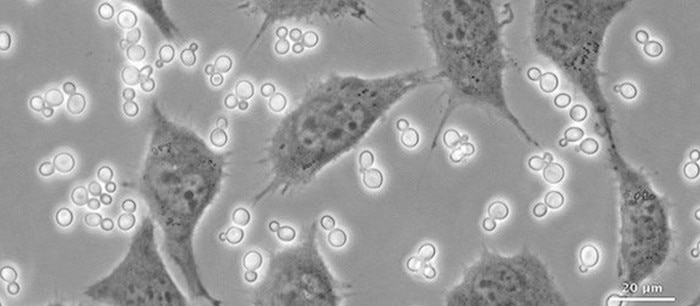MENU
CH | CHF
-
-
-
- Services pour bioprocédés
- Services pour centrifugeuse et rotors
- Services pour Mastercycler
- Services pour automates de pipetage
- Services pour congélateurs
- Services pour incubateurs
- Services pour agitateurs
- Services pour appareils de photométrie
- Service de contrôle de la température et de l’agitation
- Service pour pipette
-
-
-
-
- Services pour bioprocédés
- Services pour centrifugeuse et rotors
- Services pour Mastercycler
- Services pour automates de pipetage
- Services pour congélateurs
- Services pour incubateurs
- Services pour agitateurs
- Services pour appareils de photométrie
- Service de contrôle de la température et de l’agitation
- Service pour pipette
-
CH | CHF
-
- Centrifugeuses de paillasse
- Centrifugeuses au sol
- Centrifugeuses réfrigérées
- Microcentrifugeuses
- Centrifugeuses multi-fonctions
- Centrifugeuses haute vitesse
- Ultracentrifugeuses
- Concentrateur
- Produits IVD
- High-Speed and Ultracentrifuge Consumables
- Tubes de centrifugeuse
- Plaques de centrifugeuse
- Gestion des appareils
- Gestion des échantillons et des informations
Aucun résultat trouvé
Chercher des suggestions

How to detect a yeast contamination in your cell culture
Lab Academy
- Biologie cellulaire
- Culture cellulaire
- Contamination
- Incubateurs à CO2
- Consommables pour culture cellulaire
- Test
Macroscopic detection
- Increase in turbidity of the medium, medium becomes cloudy.
- Initial stages of yeast contamination are difficult to detect macroscopically, as the pH changes only slightly, initiating little or no color change in medium containing phenol red as pH indicator.
Microscopic detection
Yeasts can be visualized using phase contrast at 100x - 400x magnification. Phase contrast facilitates detection, especially at low contamination levels. Yeasts appear as ovoid bright particles between the cells. They can exist as single cells or in in the form of chains or branches.
Lire moins

Related links
Lire moins

